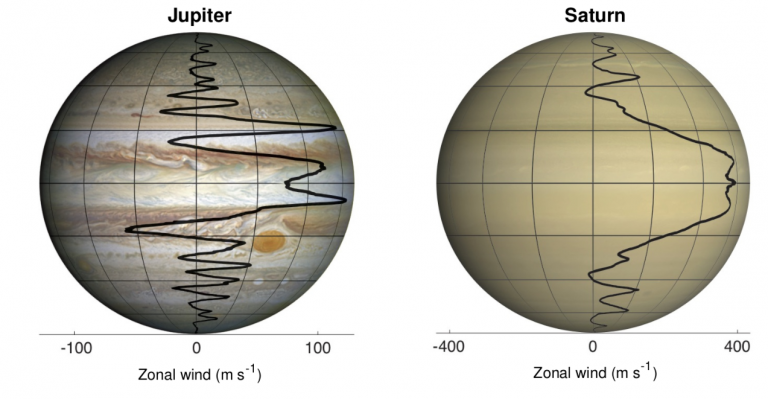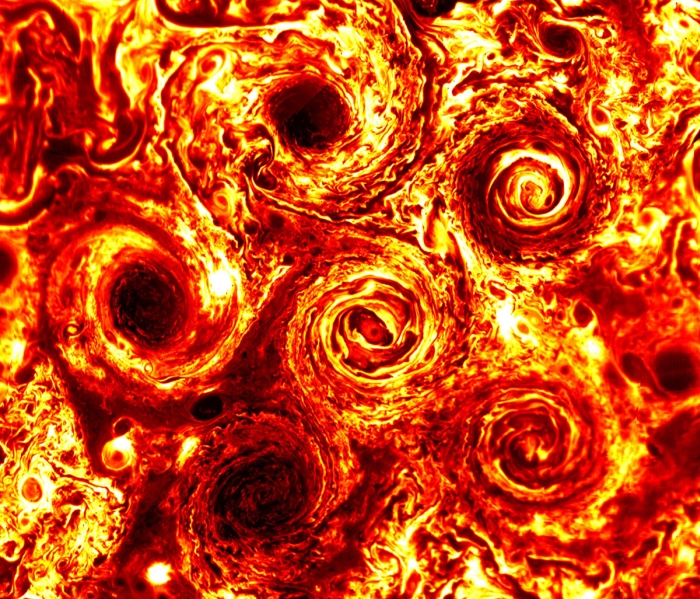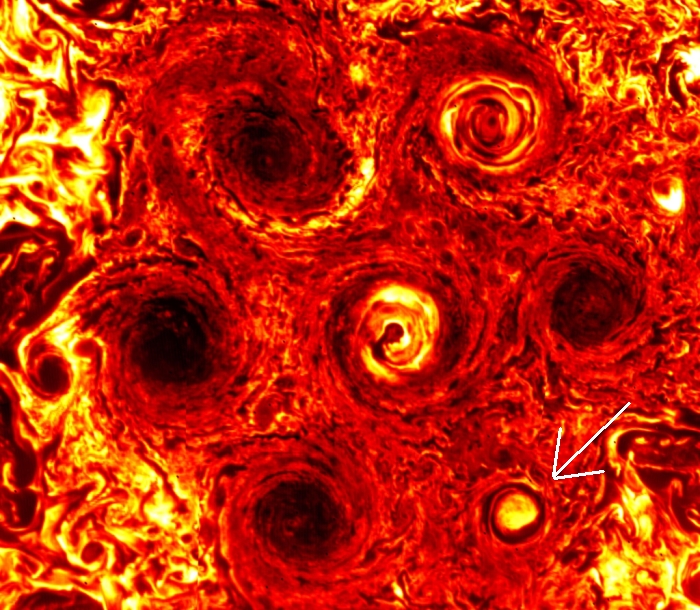|
|
Post by MartinT on Mar 1, 2019 7:53:21 GMT
|
|
|
|
Post by Chris on Mar 6, 2019 20:45:38 GMT
|
|
|
|
Post by MartinT on Mar 6, 2019 22:05:57 GMT
Nice!
|
|
|
|
Post by jandl100 on Mar 19, 2019 7:58:44 GMT
more on the Kuiper belt object a billion miles beyond Pluto Initially thought to be made up of two roughly spherical bodies, Ultima Thule is now known to be composed of flatter bodies that originally were in orbit around each other. They lost energy through satellites, interactions with surrounding gas or other nearby bodies and eventually bumped together at about 2 metres per second, or nearly 5 mph. Image: NASA/Johns Hopkins University Applied Physics Laboratory/Southwest Research Institute  astronomynow.com/2019/03/19/ultima-thule-answers-and-raises-questions-about-early-solar-system/ astronomynow.com/2019/03/19/ultima-thule-answers-and-raises-questions-about-early-solar-system/ |
|
|
|
Post by MartinT on Mar 19, 2019 9:59:14 GMT
Even at that low speed they'd have bounced a few times.
|
|
|
|
Post by jandl100 on Mar 19, 2019 10:24:32 GMT
|
|
|
|
Post by jandl100 on Mar 22, 2019 6:44:01 GMT
|
|
|
|
Post by MartinT on Mar 22, 2019 7:09:38 GMT
That's a great viewpoint.
|
|
|
|
Post by jandl100 on Aug 11, 2019 20:07:20 GMT
|
|
|
|
Post by MartinT on Aug 11, 2019 20:36:32 GMT
Stunning footage, thanks for that Jerry.
|
|
|
|
Post by rfan8312 on Aug 12, 2019 1:07:19 GMT
Yikes that was incredible to see. Thanks very much. |
|
|
|
Post by jandl100 on Sept 5, 2019 8:04:16 GMT
An interesting comparative study of the wind patterns on Saturn and Jupiter, as measured by the space probes that orbited them. Here's a diagram summary - note the different scales of wind speed for the two planets - Saturn's winds are much stronger.  "The east-west (zonal) wind flows of Jupiter and Saturn overlaid on optical images of each planet, showing that the zonal flow measurements align with visible horizontal banding. Positive wind speed indicated eastward flow, while negative wind speed indicates westward flow. Noticeably, Saturn’s westward equatorial flow isi much stronger than any of Jupiter’s wind flows." Another interesting result is that the famous red/orange atmospheric bands seen on Jupiter are not just a surface cloud phenomenon, but they extend 3,000km down into the atmosphere. astrobites.org/2019/09/04/cloudy-with-a-chance-of-wind-2/ |
|
|
|
Post by jandl100 on Nov 8, 2019 19:52:59 GMT
NASA’s Juno spacecraft captured this stunningly detailed look at a cyclonic storm in Jupiter’s atmosphere during its 23rd close flyby of the planet (also referred to as “perijove 23”). Juno observed this vortex in a region of Jupiter called the “north north north north temperate belt,” or NNNNTB, one of the gas giant planet’s many persistent cloud bands. These bands are formed by the prevailing winds at different latitudes. The vortex seen here is roughly 1,200 miles (2,000 kilometers) wide. Citizen scientist Kevin M. Gill created this image using data from the spacecraft's JunoCam imager. It was taken on Nov. 3, 2019 www.nasa.gov/image-feature/jpl/jovian-vortex-view |
|
|
|
Post by jandl100 on Nov 9, 2019 18:54:22 GMT
This is a solar rather than a planetary wonder. This HDR image of the solar eclipse in 2017 was recently released for the first time, and it shows one of the most detailed depictions of a solar corona ever taken. Amazing.  |
|
|
|
Post by MartinT on Nov 10, 2019 5:17:55 GMT
That's a superb shot. Now you can 'see' solar radiation.
|
|
|
|
Post by jandl100 on Dec 13, 2019 13:26:51 GMT
NASA Just Watched a pentagonal group of cyclones on Jupiter evolve into a mesmerising hexagon. This was the state of the storms at Jupiter's south pole during the early part of NASA's Juno probe's mission ...  But, on the most recent flyby - the 22nd of the Juno probe's data-collecting missions, when it swoops in just 3,500 kilometres (2,175 miles) above Jupiter's cloud tops - it imaged something new with its optical and infrared instruments. The storms at the south pole had formed not a pentagon, but a hexagon. There was a newcomer. ...  The new smaller storm is currently about the size of the state of Texas. It'll be interesting to see if it grows to the same size as its new friends! www.sciencealert.com/june-watched-a-pentagon-of-storms-on-jupiter-evolve-into-a-hexagon?fbclid=IwAR2nphVIKAcKnMd6BM5L8kAwqF8iXz-RCRpWroX07gG15ksFWRhPwZ4-h2Q |
|
|
|
Post by MartinT on Dec 13, 2019 13:36:00 GMT
Even if it were possible, imagine flying through that atmosphere? Gulp!
|
|